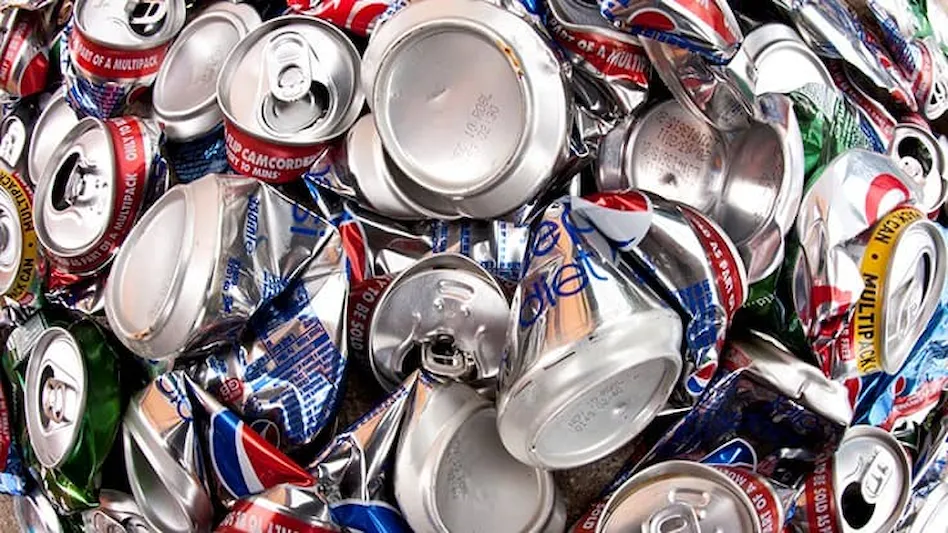
Adobe
The Aluminum Association and the Can Manufacturers Institute (CMI), both based in Washington, have released an updated report, "The Aluminum Can Advantage: Sustainability Key Performance Indicators 2020," showcasing the ongoing sustainability of the aluminum beverage container compared with competing packaging types. The report finds that consumers recycle aluminum cans at nearly double the rate of plastic bottles.
The average aluminum can made in the United States contains about 73 percent recycled content compared with 23 percent for glass bottles and less than 6 percent for plastic. The Aluminum Association says aluminum can scrap is more valuable than glass or plastic.
In an effort to improve the aluminum can recycling rate in the United States, the Aluminum Association and CMI also released the new document, "Every Can Counts: An Aluminum Beverage Can Recycling Manifesto," to highlight the importance of aluminum can recycling.
“The aluminum industry is committed to bringing as many used beverage containers as possible back into the system,” says Tom Dobbins, president and CEO of the Aluminum Association. “We are incredibly proud of our industry-leading sustainability metrics but also want to make sure that every can counts. Unlike most recycling, a used aluminum can is typically recycled directly into a new can – a process which can happen over and over again.”
“The aluminum beverage can’s existing circular system recycles approximately 45 billion cans each year in the United States,” says Robert Budway, president of the CMI. “More than 90 percent of these recycled cans get turned into aluminum sheet used to make new beverage cans. These used cans plus other scrap metal create an average recycled content rate of 73 percent, which is exponentially higher than any competing substrate. While the beverage can’s recycling rate is significantly better than other beverage containers, it is time for all of us to take action to keep more aluminum cans out of landfills.”
Key findings in the 2020 report include:
- The industry recycling rate, which includes the recycling of all aluminum used beverage cans (UBCs) by the U.S. industry (including imported and exported UBCs), was 55.9 percent in 2019, a decline from 63.6 percent in 2018. This change was driven largely by production shifts within the industry in 2019, according to the report.
- The consumer recycling rate for aluminum beverage cans dropped to 46.1 percent in 2019, lower than the 2018 rate of 49.8 percent but above the 2017 number of 45.1 percent. The 20-year average for the consumer recycling rate is around 50 percent.
- The aluminum can remains by far the most valuable package in the recycling bin, with a value per ton of $1,210 per ton compared with $237 per ton for plastic and a negative value of $21 per ton for glass, based on a two-year rolling average through February 2019.
Read the full report here.
Latest from Recycling Today
- Connect Work Tools names new service manager
- Aaron Industries expands color capability
- Massachusetts voters support modernizing state Bottle Bill
- Oceana Canada poll shows support for single-use plastics ban
- Enviri releases annual ESG report
- Umicore sees lower revenues across all business groups for first half of year
- NEO Battery Materials, Lotus Energy Recycling to partner
- Partnership aims to convert industrial plastic scrap to synthetic graphene





